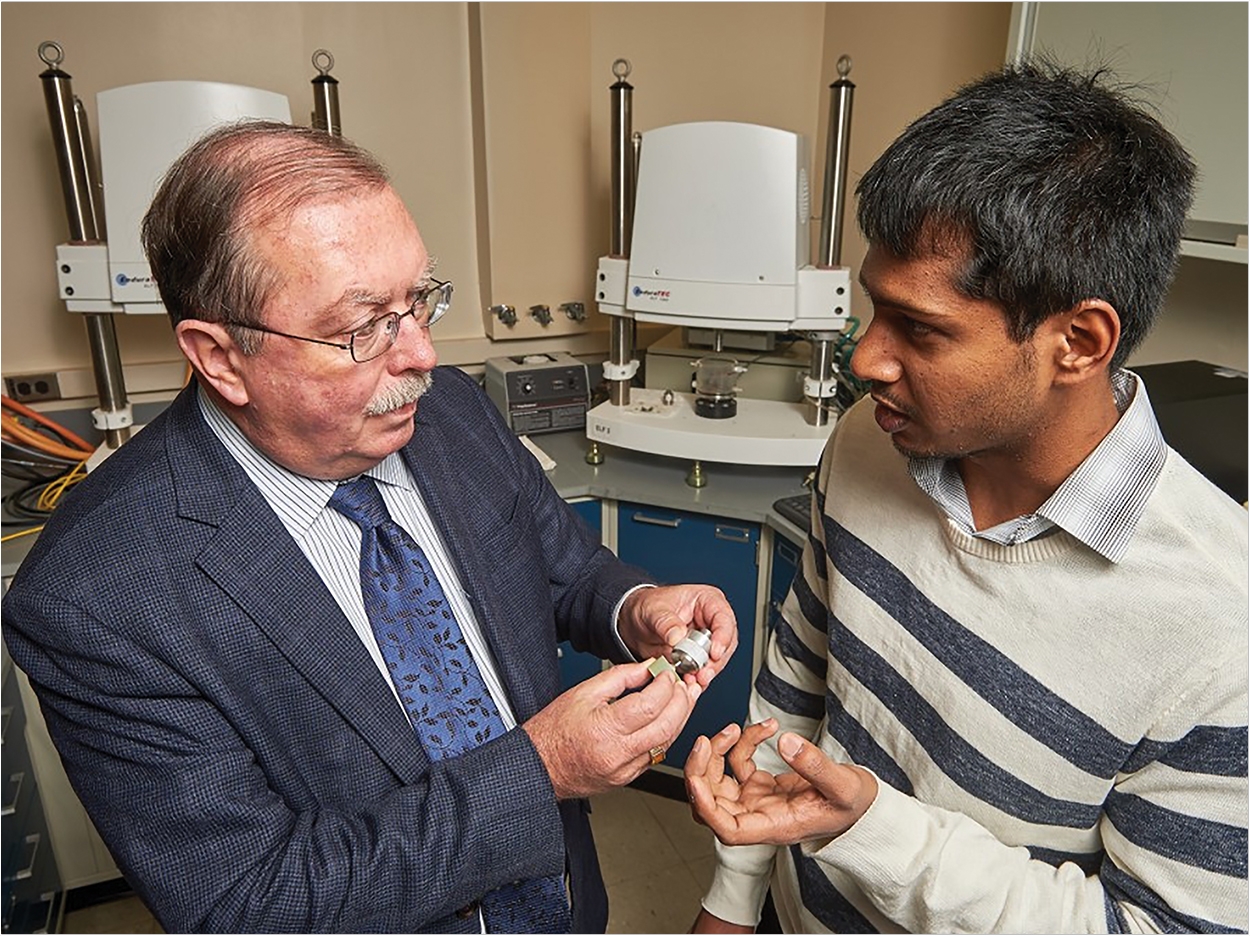
Xerostomia affects about 64 million Americans each year, putting their oral health at risk of cavities and other complications, according to the University of Connecticut (UConn) School of Dental Medicine. Yet J. Robert Kelly, DDS, PhD, a professor of reconstructive sciences there, has a potential solution in an artificial salivary gland design, patented through his startup, Oral Fluid Dynamics, and the support of the university.
Xerostomia can cause oral discomfort and pain and difficulties in chewing, swallowing, and speaking, as well as tooth decay. But other saliva substitutes and topical therapies such as toothpastes and mouthwashes currently on the market have not proved effective in providing relief to those who suffer from it, the university reports.
Once fully developed, the artificial gland will be implanted in the jaw to provide a consistent stream of saliva replacement fluid. It is triggered through contact with the patient’s teeth and/or chewing motion. The artificial gland treats the fluid that surrounds cells and bone marrow fluid, pumping it into the mouth and serving as an effective means of remedying saliva deficiency.
The device harvests these internal fluids and adjusts their chemical makeup so they resemble naturally created saliva. While it won’t be on the market until clinical trials are completed, Kelly and his partners are encouraged by the steady progress they have made with support from several university-based, state, and federally run programs, as well as interest from outside investors.
“This isn’t just a question of discomfort,” said Kelly. “Along with symptoms like frequent thirst, bad breath, and sticky mouth, chronic xerostomia can also result in rapid tooth decay, fungal infections, and problems eating and speaking due to insufficient saliva production. We expect our product will drastically improve quality of life for patients suffering from this condition.”
Technology commercialization experts in the university’s Office of the Vice President for Research have conducted market evaluations and supported the patent efforts. Oral Fluid Dynamics also have taken advantage of UConn’s Spark Technology Commercialization Fund, Accelerate UConn, the CT BioScience Pipeline, and the Connecticut Bioscience Innovation Fund. Oral Fluid Dynamics is located at UConn’s Technology Incubation Program.
Related Articles
Artificial Saliva Gland Cures Dry Mouth
Sjögren’s Syndrome Is About Much More Than a Dry Mouth
How to Improve Caries Control in Patients With Dry Mouth












